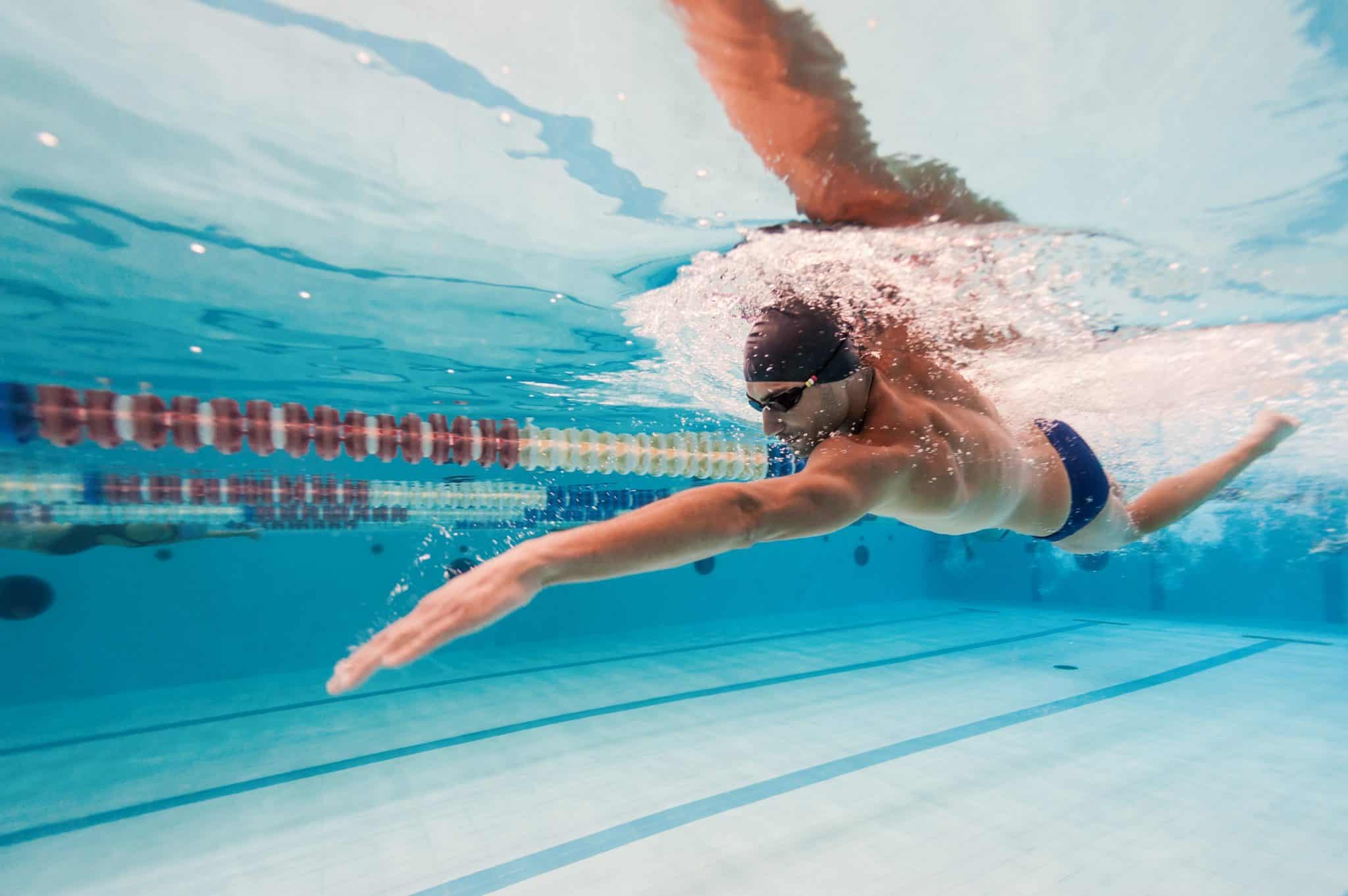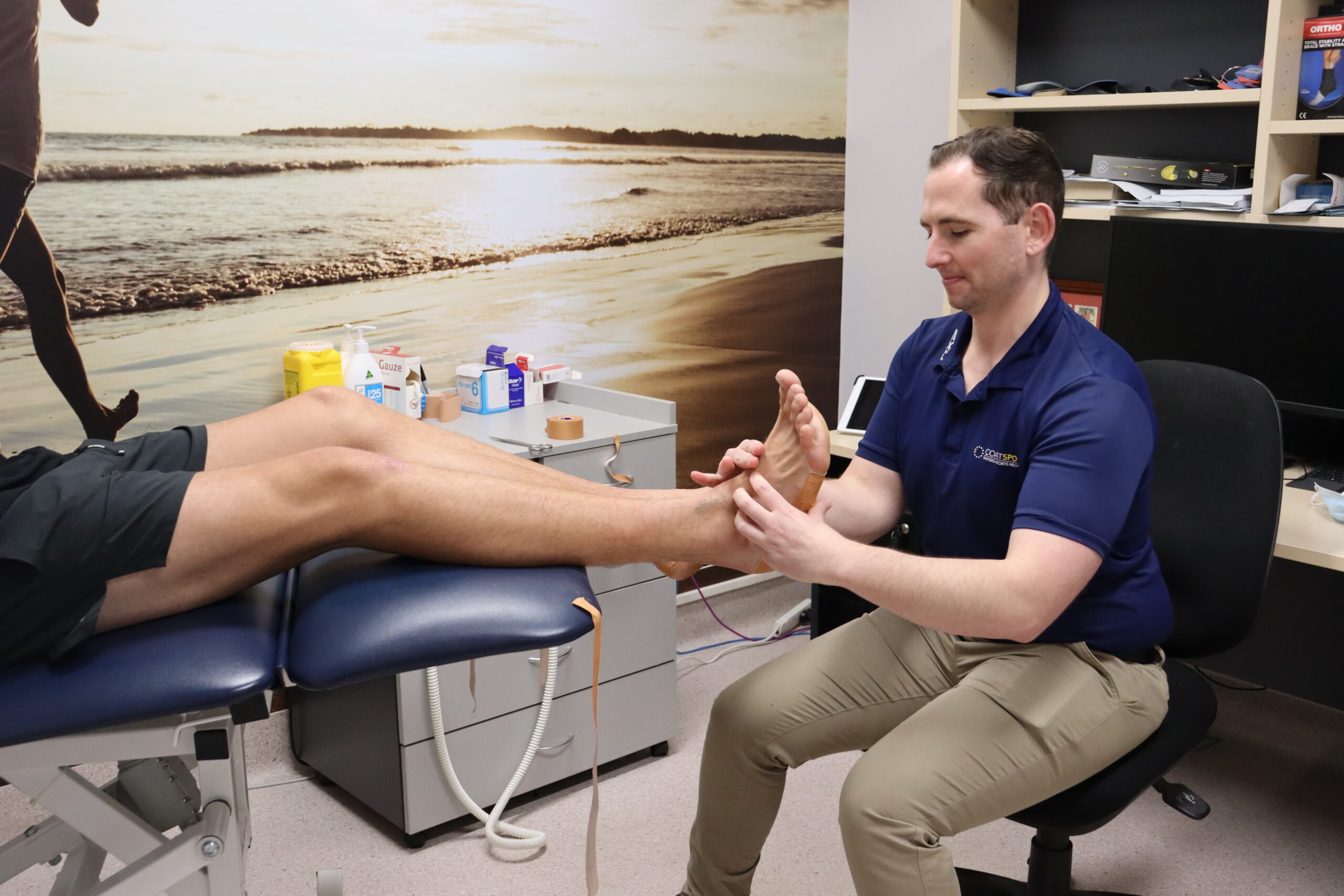icon
Quite a few swimmers have some time out of the pool following nationals. This is a well-deserved and much needed break and part of freshening up and getting ready for the next season.
However, swimmers and coaches must consider:
Swimmers most common injury is to the shoulder, and most of the time involves the rotator cuff tendons.One of the next most common injuries is groin pain in a breaststroker, and also involves tendons.
Most other injuries (or sometimes illness) are due to a too quick increase in training load.
Tendons need load to maintain their strength and health. A major risk to a tendon, and thus for injury, is to unload it with a complete break from training and then rapidly reload it when they begin training again. Tendon strength is quickly lost and slow to return. At the same time breaks from swimming and intense training are required, thus the need for a balanced return to training.
World leading tendon researchers recommend the following advice to swimmers intending to take a break from swimming.
Tendons get very conditioned to very specific loading patterns, and there is nothing like swimming to replicate swimming.This means that S&C or dry-land exercises alone cannot maintain those swimming specific adaptations.
The tendon (probably) needs to be loaded twice per week to maintain strength.
Intensity is more important than volume, it is the tensile load that matters.
Long slow distance does create the high tendon tension needed to preserve the tendon strength.
We recommend the following for those swimmers having a break, especially if it is more than 2 weeks, and especially if they have had previous shoulder or groin pain:
1. Swim at least twice per week during any down time to maintain tendon health.
2. Maintain speed / intensity in those sessions. It (probably) doesn’t need to be much, but it does need to be hard / fast in short sprints (20-30m’s).
3. When returning to the water, adopt a slow build up of volume and intensity. A progressive return to full training load (volume and intensity) over 8-12 weeks is advised. This would mean per week a 10% increase with a short adaptation week after 3 weeks, e.g.:
Week 1/30% – week 2/40% – week 3/50%
Week 4/60% – week 5/70% – week 6/80%
Week 7/50%
Week 8/80% – week 9/90% – week 10/100%
Week 11/60%
From week 12, full training
This build can also align with putting in skill, technique and strength improvement in the first part (3 months) of the season. Increasing volume and intensity too quickly will lead to injury and loss off training when it really matters.
All swimmers should discuss planned breaks/holidays with their coaches and develop a plan for maintenance during the break as well as gradual reloading upon return to training.
For more swimming resources, click here.
To book an appointment at Coast Sport, call (02) 4356 2588 or book online via the button below.




 Helping the Central Coast Feel Well, Move Well and Perform Well!
Helping the Central Coast Feel Well, Move Well and Perform Well!